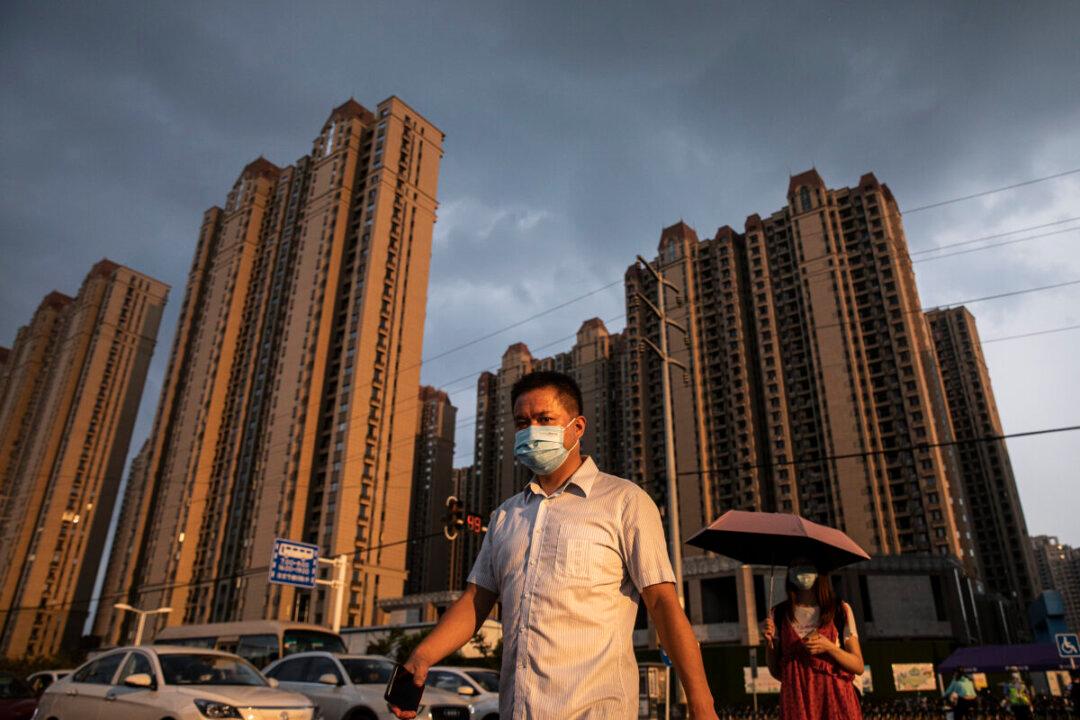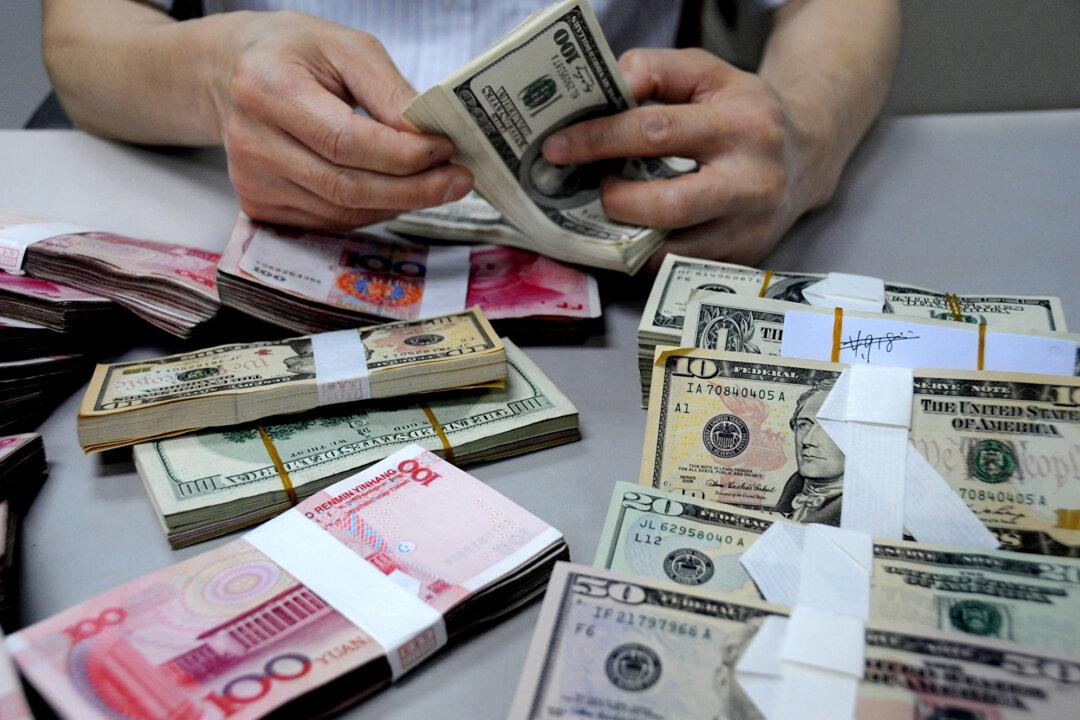China’s land finance policy has plunged into its most severe crisis in nearly 30 years, resulting from a prolonged housing market downturn and a drastic reduction in local revenues, experts have observed.
Land finance can be seen as part of Tax-Sharing Reform, a fiscal and tax distribution system between the central and local authorities, implemented by the Chinese Communist Party (CCP) in 1994. Land finance refers to the local government’s reliance on revenue from the transfer of state-owned land use rights and land-related taxes to maintain local financial expenditures, of which gain from the sale of land accounts for the absolute majority. However, it is now shrinking.





